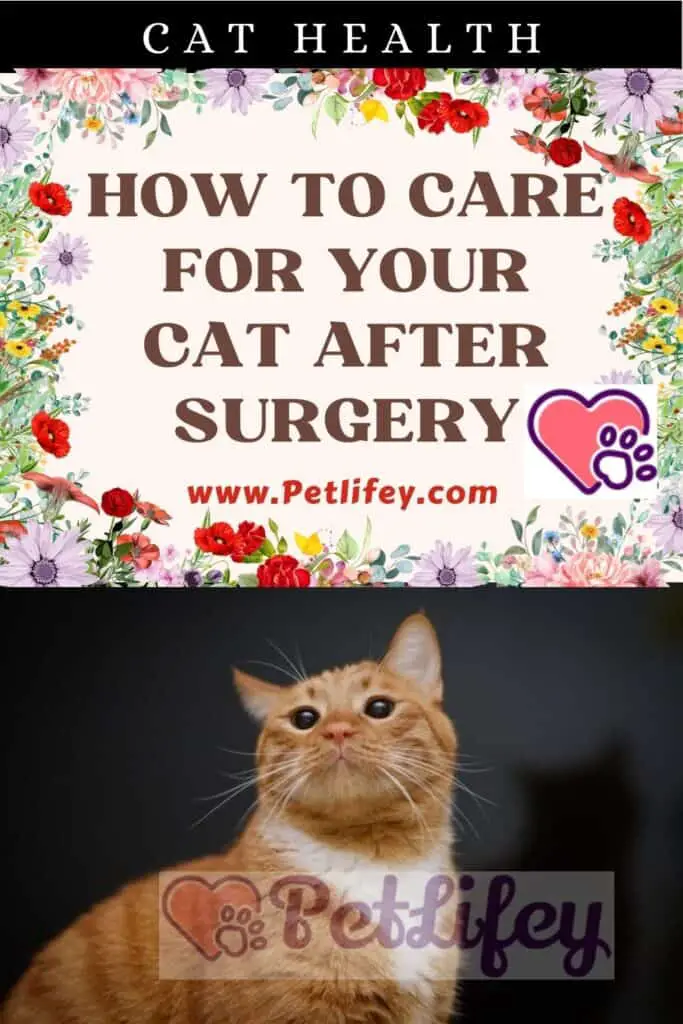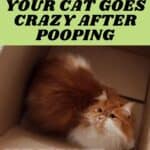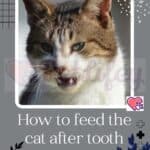
When your feline returns home after surgery, it will need your care and support more than ever.
What is the most correct way to care for your cat after surgery? In addition to slavishly following the directives of the veterinarian, it is necessary to work to put in place some useful measures that aim to give the animal the right rest and total tranquility to recover as soon as possible.
From feeding, to the spaces passing through the surface that will touch with its paws or to the choice of useful accessories in this delicate phase: here are some practical tips to manage the postoperative return of your cat.
How to care for the cat after surgery: the postoperative state
Assuming that the duration of the postoperative of each cat is completely variable, it in fact depends on several factors such as the complexity of the intervention, age, size and previous state of health of your pet, you will notice in him a common condition. The most frequent type of operation in male felines is castration, but it is always advisable to evaluate when it becomes indispensable.
Once back home, at first he will appear disoriented, his motor skills may prove reduced and his sense of balance precarious. There may also be a hallucinatory state that generally occurs only within 24 hours of the operation.
Post-anesthesia risks
After anesthesia, the cat may go against some physical as well as behavioral alterations. The most common variations are recurrent states of hypothermia with a heavy decrease in body temperature, respiratory fatigue, nausea and vomiting phenomena and possible changes in blood sugar levels.
Some possible and sudden complications are intended to put you on alert. Monitor your cat and contact your veterinarian immediately if in addition to vomiting diarrhea joins and both last more than a whole day, if you experience a persistent cough, if you have pain when urinating or defecation or if she drinks and pees much more than normal.
How to care for the cat after surgery: a soft supplement
In addition to physical discomfort and possible physiological alterations, the feline may be particularly nervous and susceptible. There are many veterinarians who recommend isolation in the first post-operative days, certainly during the first night. So choose a secluded and quiet room where you can place your carrier, which you will leave open.
It will choose where to curl up within the spaces that you have momentarily delimited for them. Avoid any source of stress: do not wash it, do not let it out and do not try to force contact. Knowing how to relax your cat is an art, there are excellent techniques and tips. If anything, wait patiently for it to approach and speak softly to them in a very low tone to make them feel your presence.
All these precautions become even more indispensable when there are other animals in the house. Any reintegration with the other guests of the house will be designed gradually. To facilitate the integration between the convalescent cat and other animals, first take care to erase the olfactory traces.
The antiseptic smells of the clinic could disturb other animals and be extremely unpleasant to them. Then take care to wash blankets and any other accessories that have been in contact with sterilized environments. If necessary, use pheromone-releasing products to sanitize the most inhabited rooms in the house.
Useful accessories for a quick healing
A further precaution to facilitate the motor recovery of your cat could be to place soft pillows or mats just outside the carrier. They will facilitate its balance and cushion contact with the hard and cold floor.
In case of sutures or wounds it is necessary to use some accessories designed specifically so that our cat does not have the temptation to lick or scratch the injured parts. The classic Elizabethan collar made of rigid plastic is often difficult for cats. Wearing it is always a challenge and the greater plasticity of felines allows them to remove it more easily.
In addition, the dull and penetrating noise that plastic produces when it comes into contact with furniture and objects usually terrifies and disorients the animal even more. Better then opt for the new generation padded collars, softer and made with natural materials such as cotton.
Another valid option could be represented by the post-operative bodysuits that wrap and protect the little body of our cats without oppressing them because they are elasticized and produced with innovative breathable materials.
How to care for the cat after surgery: how to adjust with feeding

The last issue to be analysed is that of nutrition. As we have already said, the cat may initially suffer from a sense of nausea and vomiting. This is why it is essential to respect the first day of fasting, generally imposed by all veterinarians. Feline loss of appetite always risks hiding a more important discomfort.
We try at a later time not to force the cat to eat anyway. We can try to entice it without insisting too much, perhaps heating wet food because it is easier to digest. If we notice that the reluctance of our feline to eat does not diminish we try to feed it directly from our hands, perhaps stroking it with delicacy and sweetness.






